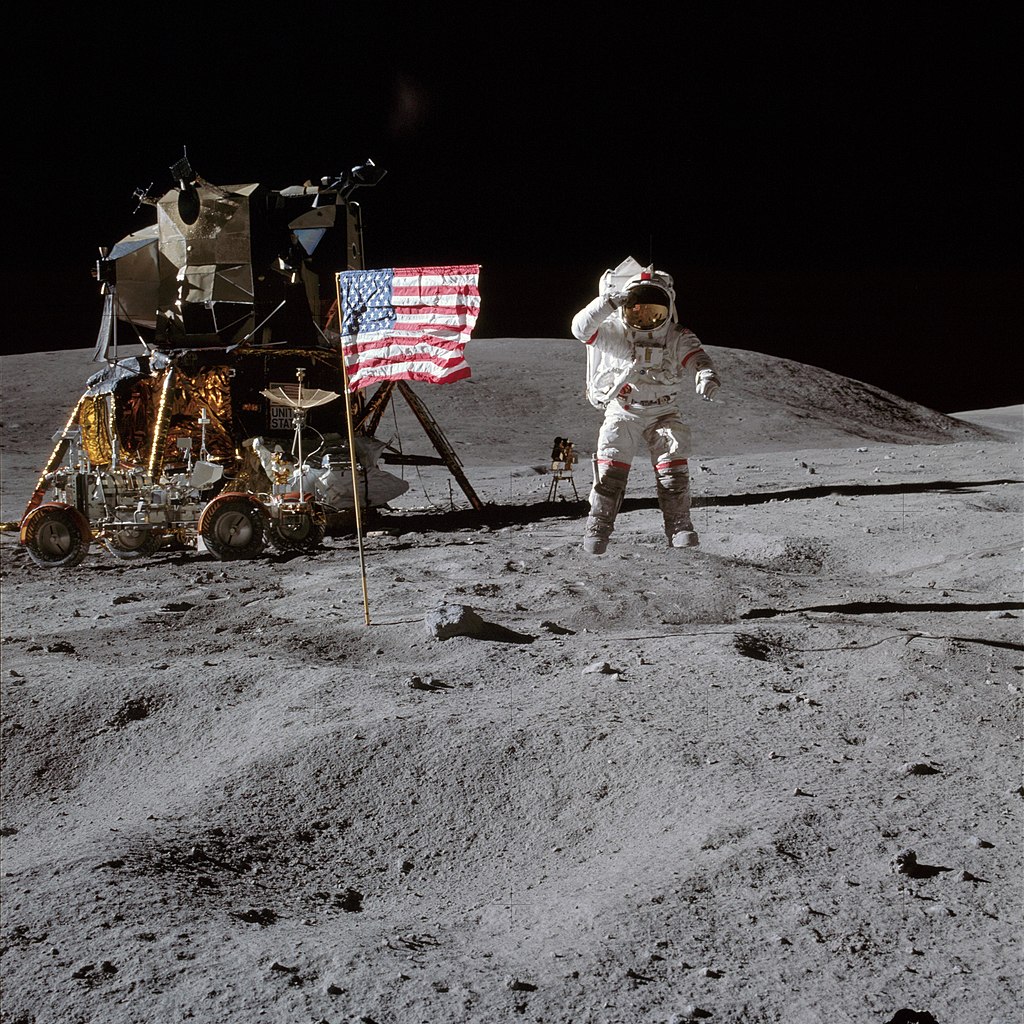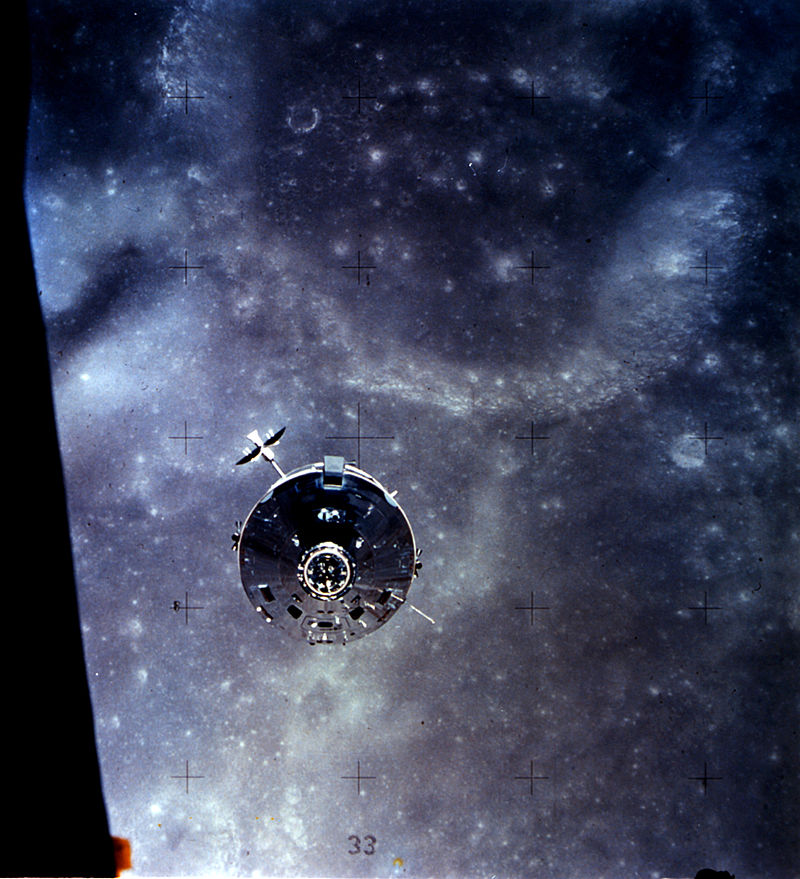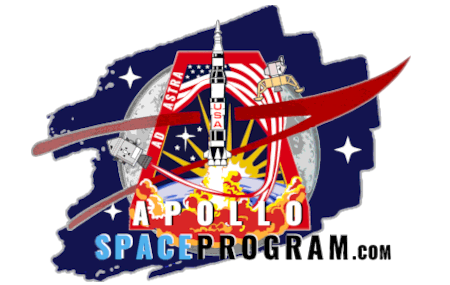Apollo 16 was the fifth manned mission in the Apollo program, launched by NASA in April 1972. The mission was crewed by astronauts John Young, Charles Duke, and Ken Mattingly, and was the second mission to land on the moon.


The primary goals of the mission were to explore the lunar surface, collect samples of lunar soil and rock, and conduct scientific experiments. The astronauts landed on the moon in the Descartes Highlands region and conducted three moonwalks, during which they collected a total of almost 213 kilograms (469 pounds) of lunar samples.

The mission also included the deployment of a number of scientific instruments, including a lunar rover, which the astronauts used to explore a wider area of the moon’s surface. The rover allowed the astronauts to cover more ground and collect more samples than would have been possible on foot.

Apollo 16 was a successful mission and contributed significantly to our understanding of the moon and its history. The mission marked the end of the Apollo program, which had been initiated in the 1960s with the goal of landing humans on the moon.

